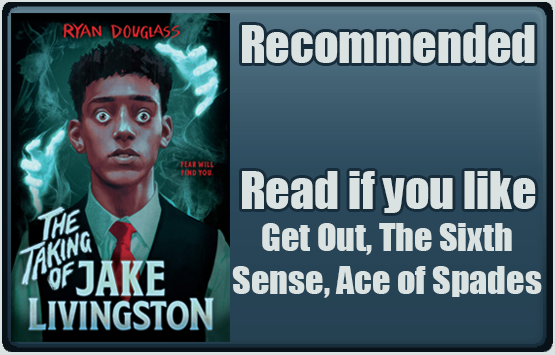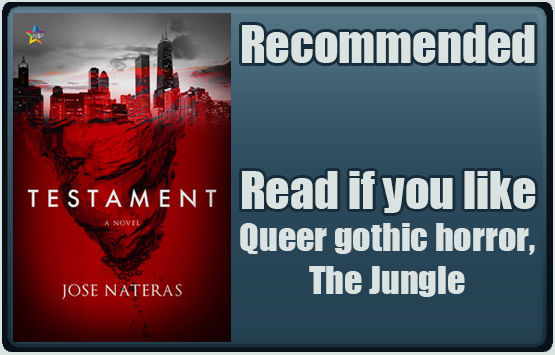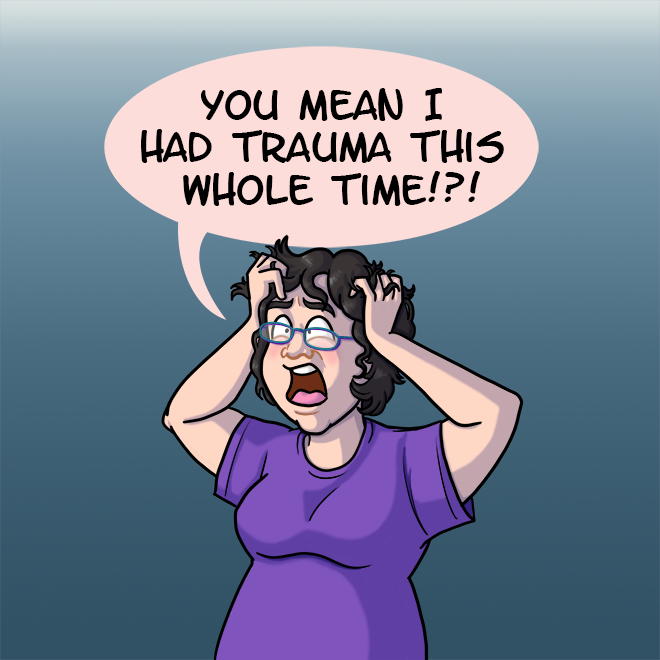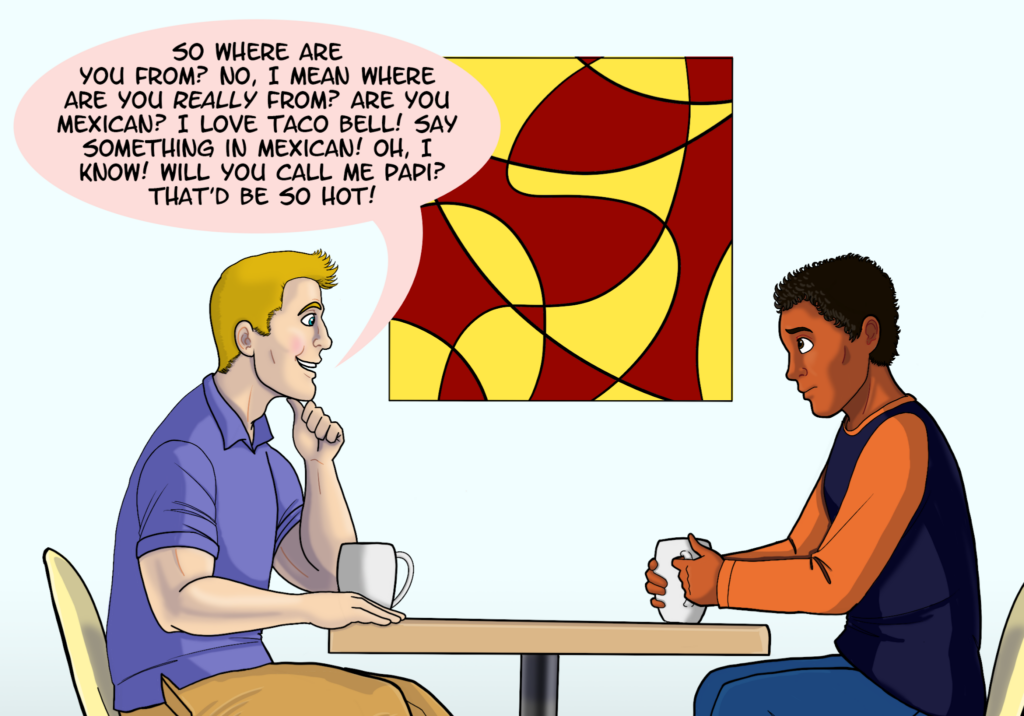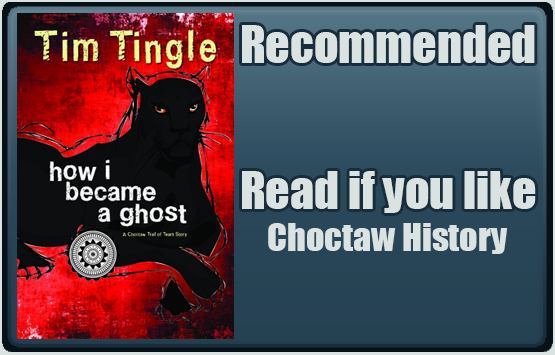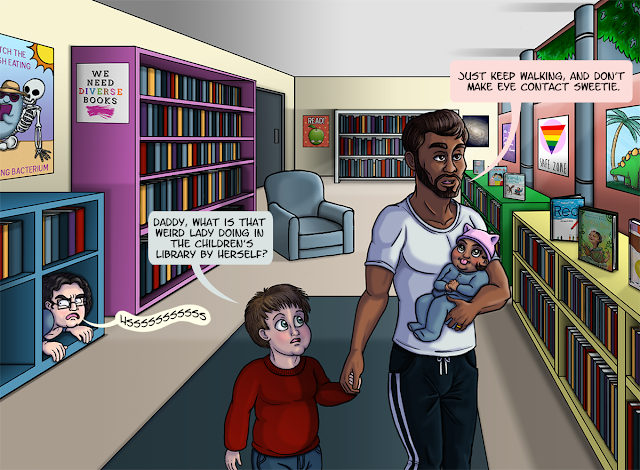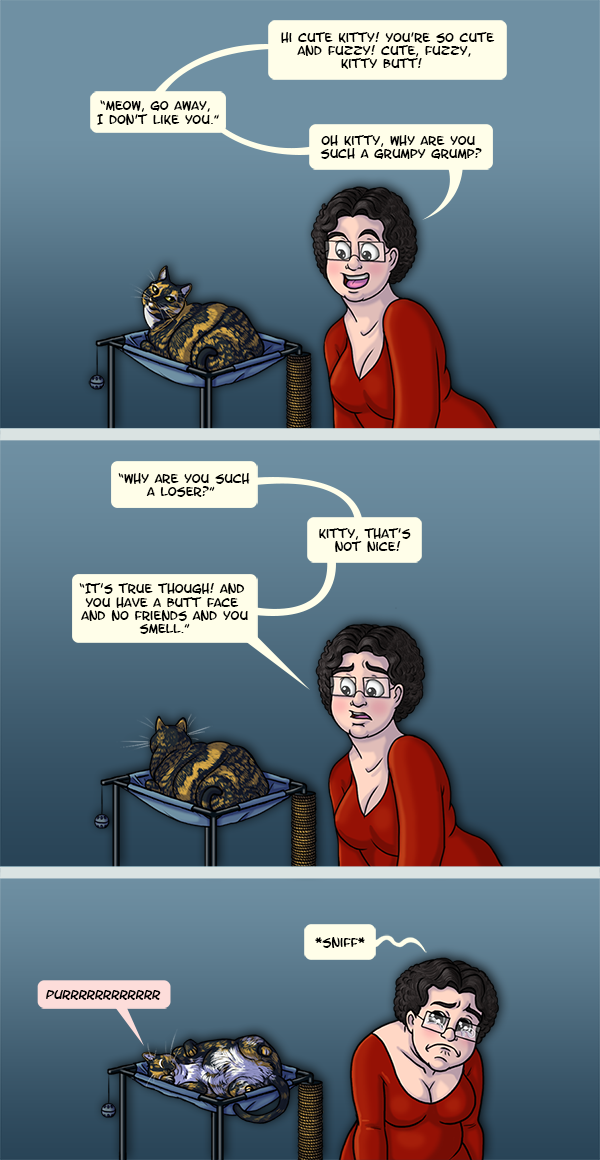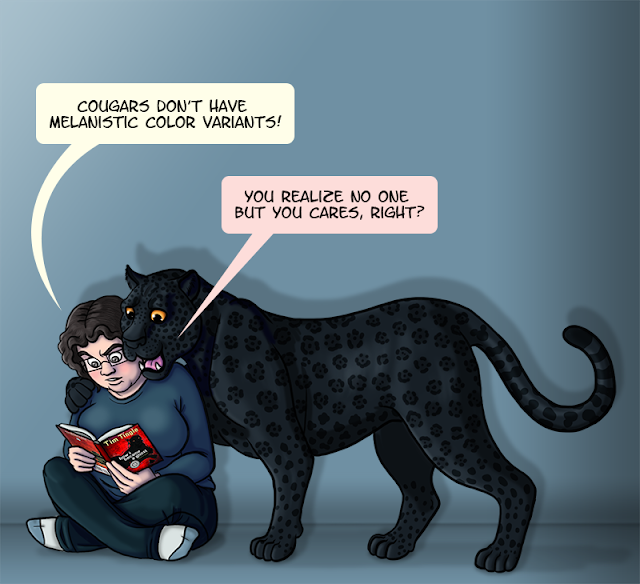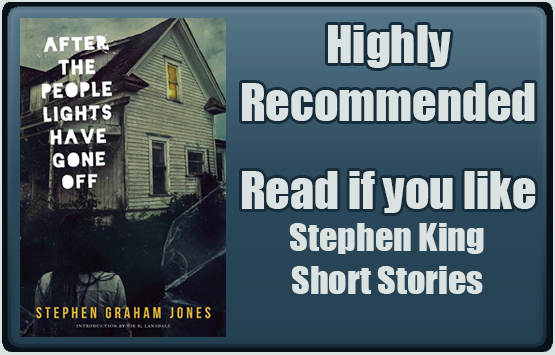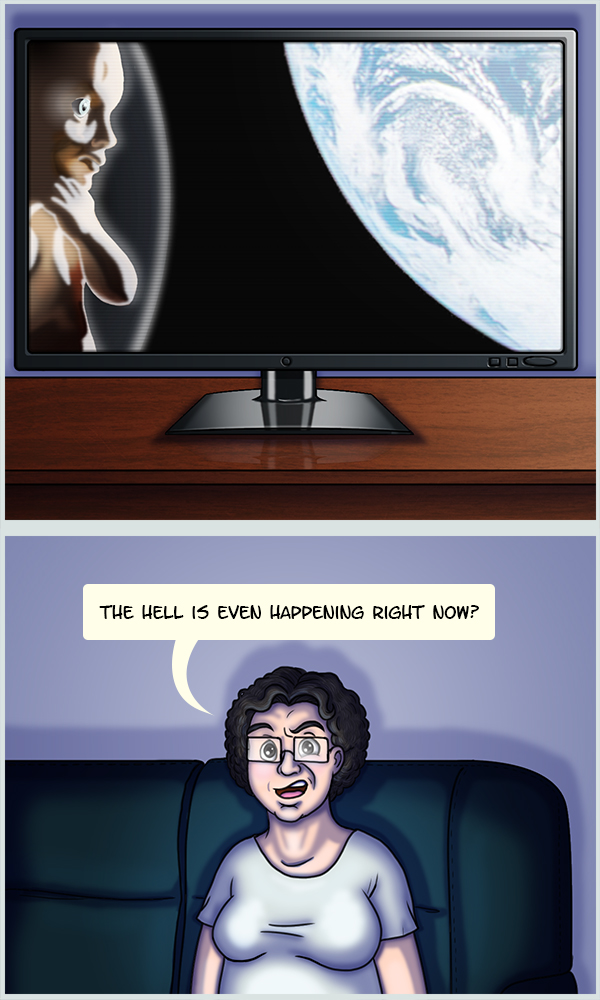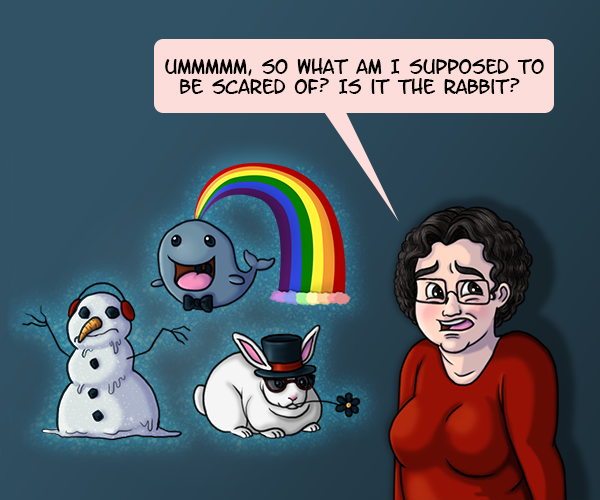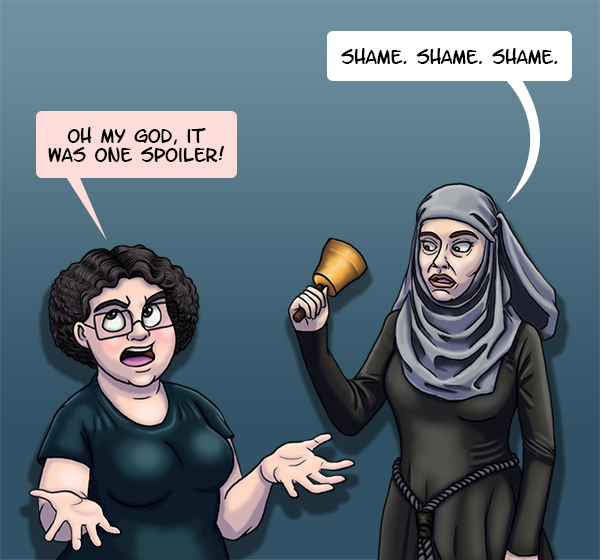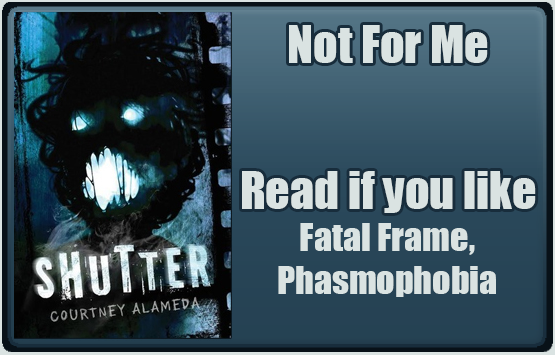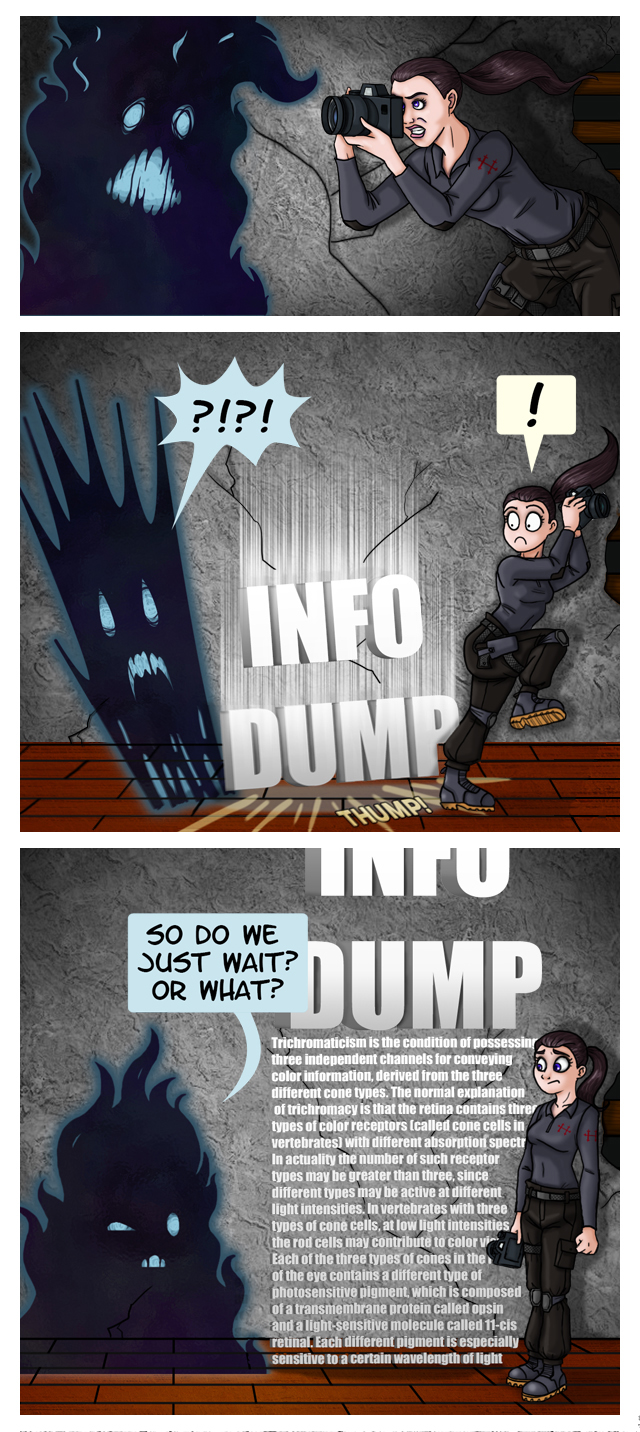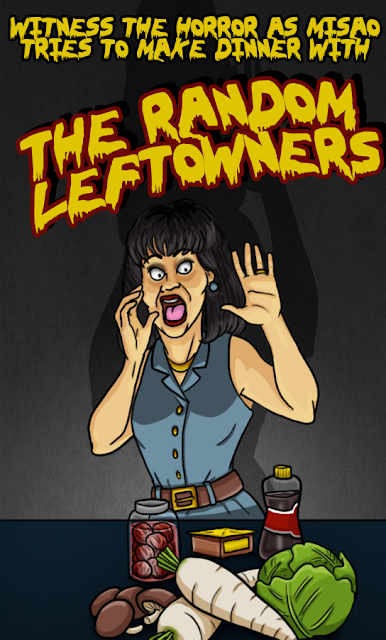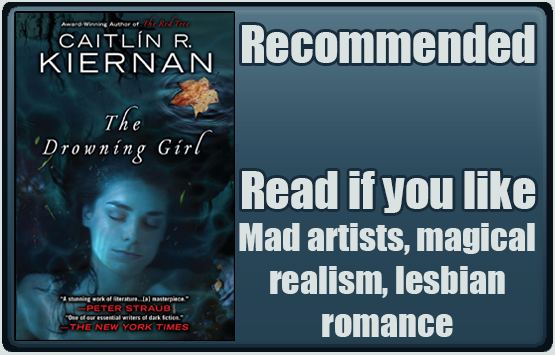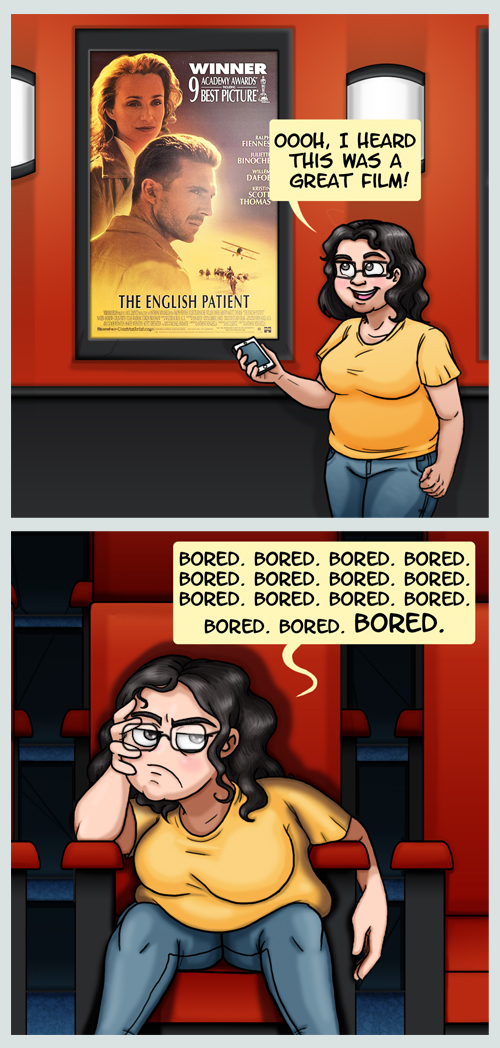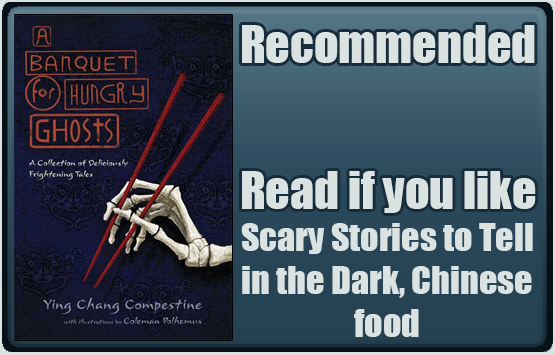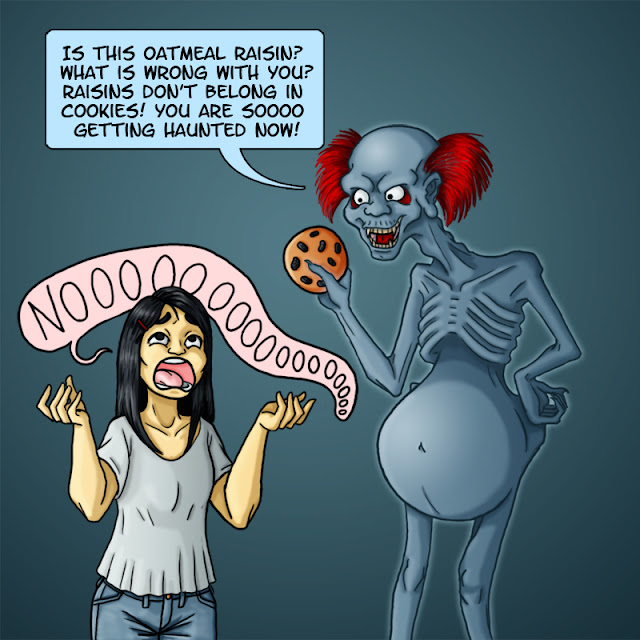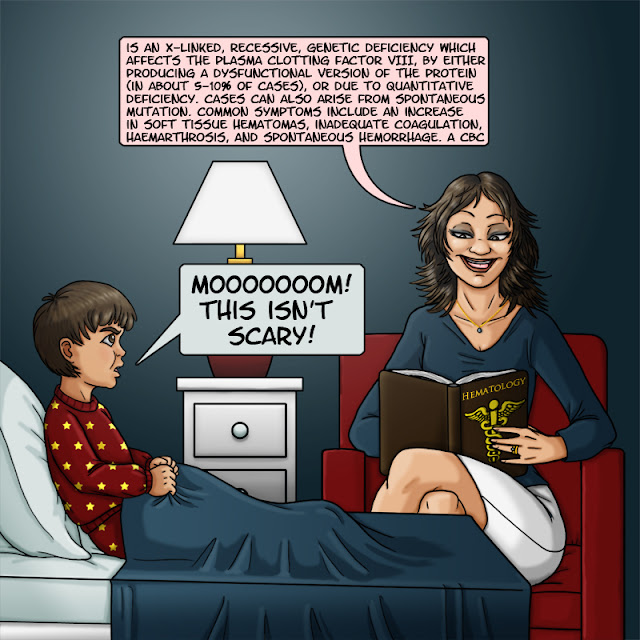Formats: Print, audio, digital
Publisher: Penguin Random House
Genre: Ghosts/Haunting
Audience: Y/A
Diversity: Gay, Black main character, Black side and major characters
Takes Place in: somewhere in the USA
Content Warnings (Highlight to view): Alcohol Abuse, Bullying, Child Abuse, Child Death, Child Endangerment, Death, Drug Use/Abuse, Gaslighting, Homophobia, Incest, Oppression, Mental Illness, Physical Abuse, Racism, Rape/Sexual Assault, Slurs, Suicide, Verbal/Emotional Abuse, Violence
Blurb
Jake Livingston is one of the only Black kids at St. Clair Prep, one of the others being his infinitely more popular older brother. It’s hard enough fitting in but to make matters worse and definitely more complicated, Jake can see the dead. In fact he sees the dead around him all the time. Most are harmless. Stuck in their death loops as they relive their deaths over and over again, they don’t interact often with people. But then Jake meets Sawyer. A troubled teen who shot and killed six kids at a local high school last year before taking his own life. Now a powerful, vengeful ghost, he has plans for his afterlife–plans that include Jake. Suddenly, everything Jake knows about ghosts and the rules to life itself go out the window as Sawyer begins haunting him and bodies turn up in his neighborhood. High school soon becomes a survival game–one Jake is not sure he’s going to win.
Being the only gay Black kid in a preppy, White private school sucks and I would know. Ryan Douglass does a perfect job capturing my high school experience in The Taking of Jake Livingston. Teachers are racist and assume everyone is straight. There are never any Black characters (besides slaves) in the books read for English class, and slavery gets glossed over in history. Black history isn’t mentioned at all except for maybe a day or two in February so the school can look woke. The whole thing feels like a scene from Get Out. I relate to Jake Livingston quite a lot. Except for the gender difference, he’s basically teenage me. He’s so paralyzed by anxiety and the thought of getting in trouble that Jake never lets himself have any fun, take risks, or even learn to drive. His low self-esteem means he doesn’t even recognize when a hunk named Alastor starts hitting on him. In fact, Alastor has to explicitly state that he’s interested and even then, Jake doesn’t seem entirely convinced. Reminds me of when my now-wife first asked me out on a date and I didn’t realize that it was a date because there was no way that tall, smart, hot chick could possibly be interested.
But hey, at least I never had to deal with seeing ghosts. Poor Jake sees the dead everywhere. Normally it’s just like watching a recording of someone’s final moments stuck in an endless loop, but occasionally the ghosts are sentient. Even more rarely, they can interact with the world. As you can probably guess, this makes life even harder for Jake who’s already living with the “weird kid” label. Jake was fine (or at least surviving) just keeping his head down, avoiding confrontations, and doing everything he could to stay out of trouble and avoid the school bully, Chad. That is until the ghost of Sawyer, a malicious ghost with a troubled past who seems to have it in for Jake, shows up. Sawyer is, or rather was, a school shooter. He died by suicide after bringing a gun to school and killing his classmates. Apparently that wasn’t enough death for him because Sawyer is hell bent on terrorizing Jake and increasing his body count.
There’s an interesting contrast between Sawyer and Jake. Both boys were abused by men in their lives, bullied by classmates, in the closet, and were introverts who felt alone in the world. But only one of them became a school shooter. Despite being put through a very similar hell, Jake never resorts to violence except once, and even then it’s fairly minor and honestly kind of justified (Chad was being a racist jerk and totally deserved it in my humble opinion). Jake fights back, Sawyer murders innocent people who had nothing to do with his abuse. So why the difference?
The majority of mass shooters are White men. According to Statista over the past 40 years 66% of mass shooters are White, nearly three times higher than the number of Black mass shooters. A study on school shootings by Joshua R Gregory states:
“Popular theories suggest that gun availability, mental illness, and bullying bear some relationship to school shootings; however, levels of gun availability, mental illness prevalence, and bullying victimization do not differ substantially between whites and non-whites, indicating that these factors might account for school shootings within, but not between, races.”
One theory is that men often lack the support networks needed to cope with loss, tragedy, and low self-esteem. Sawyer is alone and struggling with his mental health. His largely absent mother is more concerned with the perception of having a “weird” son than actually getting her son any help. She unfortunately buys into the common belief that having a mental health condition is somehow shameful for a man. As a result, Sawyer never gets help for his violent tendencies outside a handful of visits to a therapist who barely listens to him. He feels alone and unable to reach out. In contrast, Jake does develop a support network of family, friends, and even the ghosts of his ancestors to help him out when things are looking bleak. But that still doesn’t explain why White men are more likely to be school shooters than Black men. Is it because most White terrorists are racist extremists? In 2020 they were responsible for almost 70% of all domestic terrorism plots. But Sawyer doesn’t give any indication of being racist at any point. Or it could just be that he had access to a gun, as White men are 50% more likely to own a gun than Black men and most school shootings were carried out with legally purchased firearms. To be honest, I don’t know the answer.
For dealing with such a sensitive topic I think the book did rather well. Even though Douglass gave Sawyer a tragic backstory, it was never used as a justification for his actions. Trauma was also handled well and appropriately. Of course, the book was not without its flaws. The world-building felt undeveloped and I was unclear on the rules of “Dead World.” Why could some ghosts interact with Jake and others couldn’t? I really enjoyed the idea of Jake’s ancestors supporting him, to the point I was moved to tears, but it also left me puzzled. Were they ghosts too? Why hadn’t Jake noticed them before? It’s unfortunate, but I felt that the ghosts were the weakest part of the book. I found myself much more invested in Alastor and Jake’s adorable, developing relationship than anything that had to do with specters. Which is pretty weird for me, usually I hate romantic subplots and just want the story to focus on the scary parts. A lot of the story just felt confusing and messy, which hindered it from being a four-star book no matter how much I loved the characters. Despite its flaws, The Taking of Jake Livingston is still a good book, especially for queer Black kids, and worth checking out.
